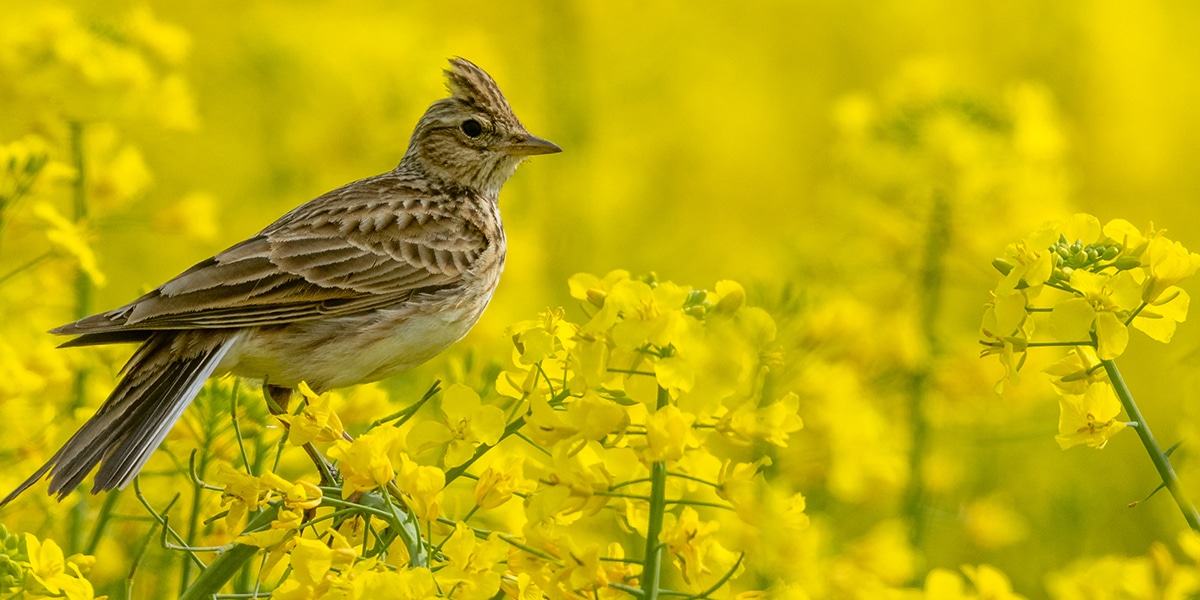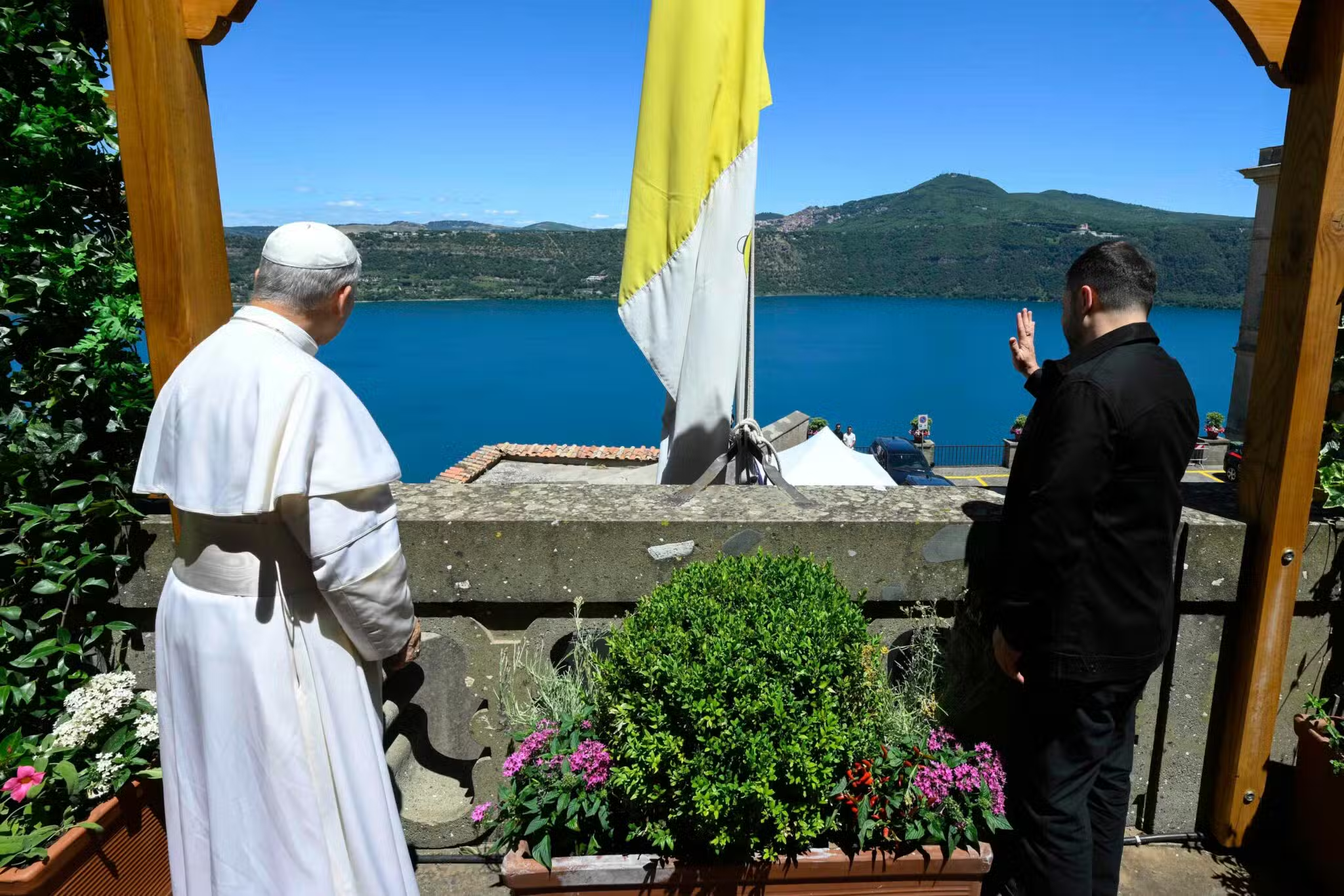The larks are birds that love the noonday light and shun the darkness of twilight. But on the night that St. Francis went to Christ, they came to the roof of the house, though already the twilight of the night to follow had fallen, and they flew about the house for a long time amid a great clamor, whether to show their joy or their sadness in their own way by their singing, we do not know. Tearful rejoicing and joyful sorrow made up their song, either to bemoan the fact that they were orphaned children, or to announce that their father was going to his eternal glory. The city watchmen who guarded the place with great care, were filled with astonishment and called the others to witness the wonder. (Celano, Treatise on the Miracles of Blessed Francis, 32)
Francis had a special affection for larks; he considered their brown feathers a sign of their closeness to God, of their humility. Thus, it was only fitting that larks should take notice of Francis’s death—at twilight, an hour when they are not usually flying around. The harmony of all creation that Francis represented while alive did not end at death. Francis died on the plain below Assisi. The larks’ movement attracted the attention of Assisi’s watchmen, a thirty-minute walk up the hill. The larks still swirl through the twilight in Assisi.
—from the book Peace and Good: Through the Year with Francis of Assisi
by Pat McCloskey, OFM








